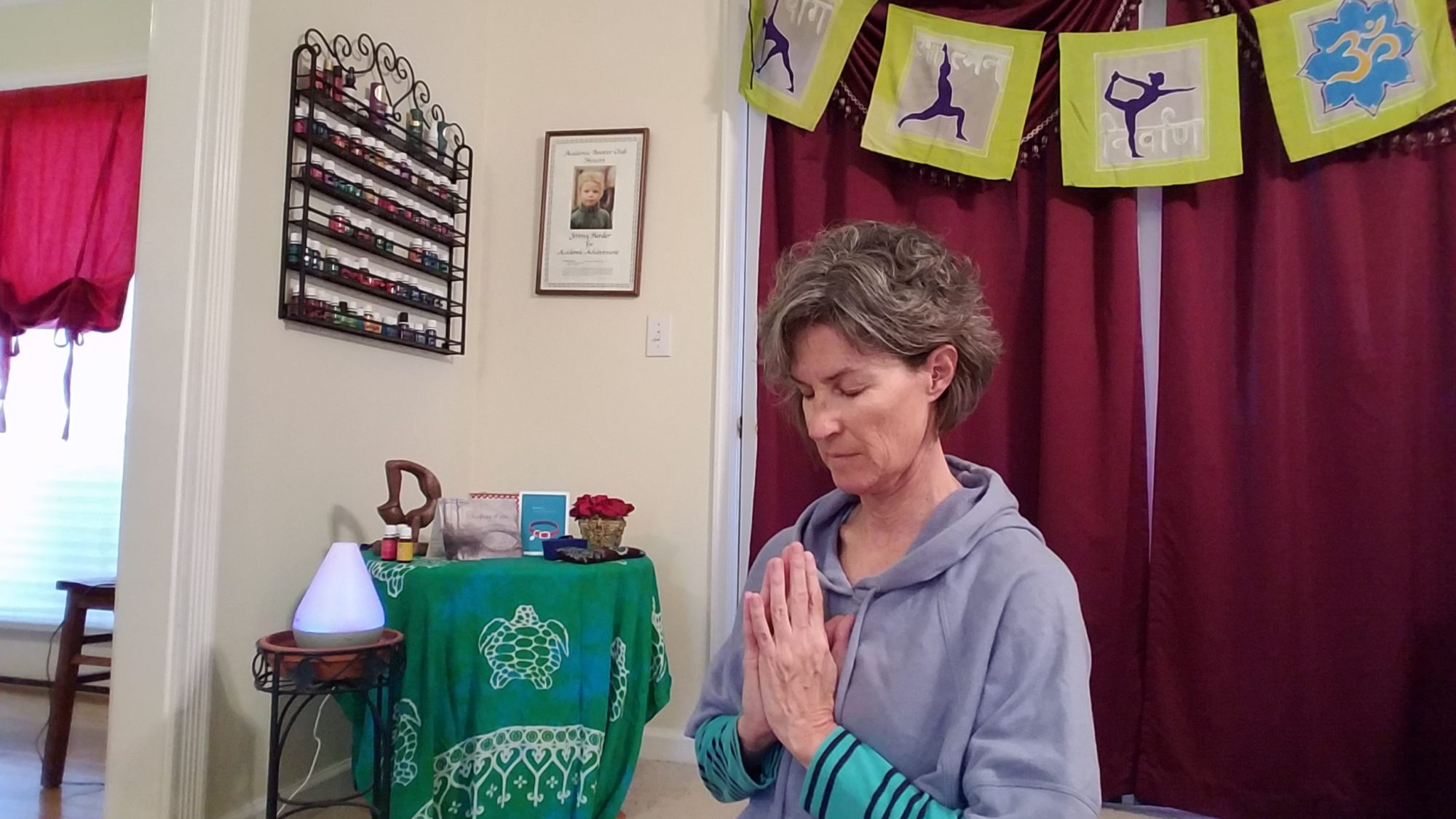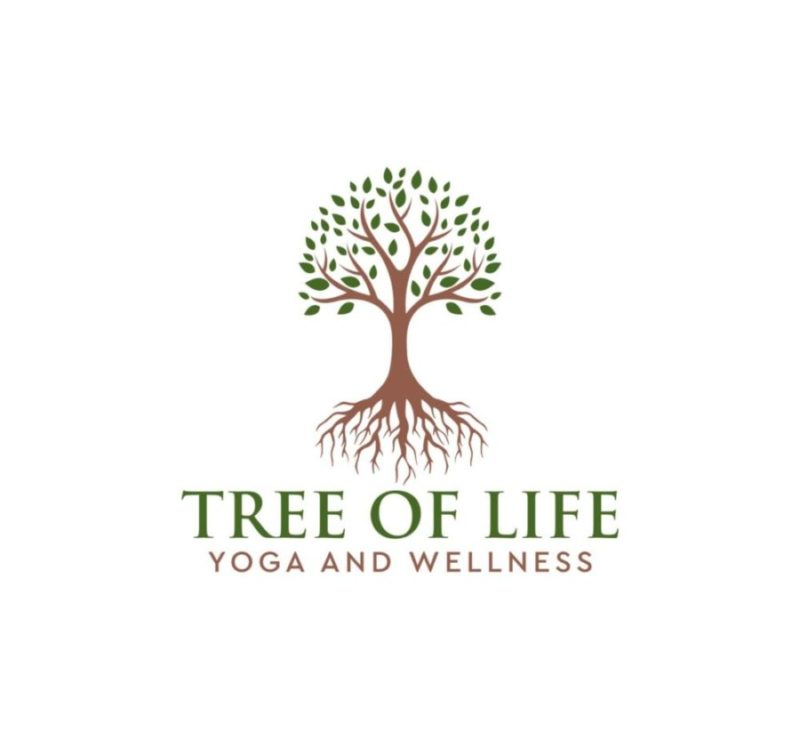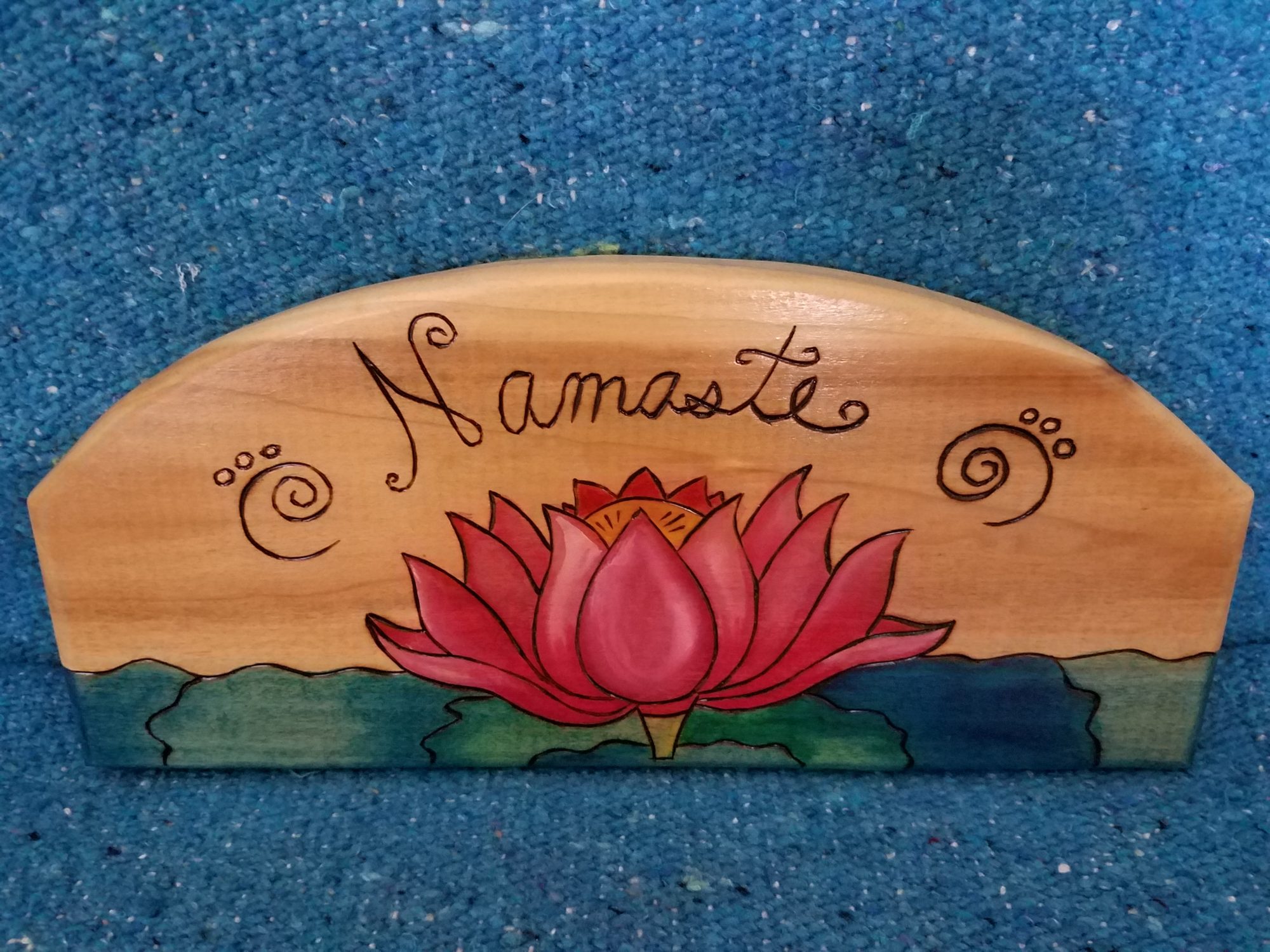This post may contain affiliate links and I may earn compensation when you purchase through these links at no additional cost to you. Thank you for the support!
In the Western world, yogis have embraced the custom of closing yoga classes with a bow of Namaste. In this way, the teacher and students thank one another for the time spent together and to close the yoga practice.
At the base level, this Sanskrit word is literally translated as “I bow to you.” This is a traditional Indian greeting which is accompanied by the gesture of Anjali Mudra. This is sometimes called “Prayer position” or “Prayer pose” in the West.
This post contains affiliate links. If you make a purchase through the links, I may receive a small commission at no extra cost to you.
Anjali in Sanskrit means “to offer” or to “salute”, and Mudra means “seal.” This pose is meant to honor and celebrate this very moment.
To practice the gesture, bring the palms together at the heart center, close the eyes, and bow the head. It can also be practiced by bringing the palms together at the third eye, bow the head, and then bring the hands to heart center. In India, it is understood that the gesture means Namaste, so it is not necessary to say the word “Namaste” when bowing.

The intention of placing the palms together does not indicate a form of prayer. This misconception comes from the fact that the Anjali Mudra has been called “Prayer pose” in the West. This gesture is one we associate with Christian, Hindu, and other religious practices, but it does not have the same meaning in yogic practices.
Yoga is not a religion and Anjali Mudra is not used to worship any divine being. The practice of yoga is secular in nature and the practice embodies mutual respect between practitioners, teachers, and the respect of oneself and one’s body.
The gesture of Namaste represents the belief that there is a divine light in every individual that is located in the heart center (or heart chakra). The gesture is the acknowledgment of the divine light or soul, by the divine light or soul of another person. Saying “Namaste” or “I bow to you,” tells the person that you are seeing them as they are. The spiritual teaching of Namaste represents the idea that all are one. No matter our outward differences we are all more alike than we are different.
One of the most common translations of the word Namaste is “The divine light in me bows to the divine light in you.” In a yoga class, this exchange between a teacher and students allows them to come together and connect in the knowledge that we are all one when we live from our hearts.











Danielle
March 9, 2022 6:57 pmI never knew the true meaning. Thanks for sharing this!
Julie
March 10, 2022 11:49 amYou’re welcome, happy to inform!!
Kelly
March 9, 2022 10:12 amI never knew the true meaning of namaste though it’s a popular buzzword… how cool!
Julie
March 10, 2022 11:50 amGlad to inform! 🙂
Audrey
March 9, 2022 5:35 amSo very interesting! I love learning about yoga.
Julie
March 10, 2022 11:50 amI love sharing info 🙂
prerna
March 9, 2022 3:12 amWell written..Really loved the explanation of Namaste.
Julie
March 10, 2022 11:50 amThank you!!
Monica Simpson
July 15, 2021 12:09 pmI never knew the true meaning of Namaste. My workout class that blends some yoga elements in always ends in the prayer pose which is nice and peaceful.
Julie
July 16, 2021 10:21 amIndeed! Knowing the meaning of the word now, will make it even more meaningful!
Julie
July 15, 2021 11:07 amBeautiful! I’d heard this so much in classes but never really heard the real origins behind it. Super cool to know what it really means.
Julie
July 16, 2021 10:22 amI’m happy to share this information with others!
Karen
July 14, 2021 10:53 amI actually had no idea the meaning of Namaste- thanks for sharing this information!
Julie
July 14, 2021 2:03 pmYou’re welcome! Thanks for reading 🙂
Heather
July 14, 2021 10:46 amThough I’ve heard the term used for years, I never really knew the true meaning until today.
Julie
July 14, 2021 2:04 pmThanks for reading and commenting! 🙂
mimi
July 14, 2021 10:05 amI’ve never heard of this and it’s such a frequently used word, so interesting
Julie
July 14, 2021 2:05 pmSome cultures use it as a greeting and it is often used in yoga classes.
lilian
October 16, 2020 12:19 pmI now know the meaning of Namaste. Thanks for sharing.
Julie
October 17, 2020 1:37 pmGlad to educate others on the meaning of Namaste! Thanks for reading! 🙂
Mihaela
October 16, 2020 10:10 amSimply and beautifully explained! It gave me a sense of peace just as I was reading it! Thank you!
Julie
October 16, 2020 10:36 amThank you so much Mihaela! 🙂
Mahnoor Khurram
September 8, 2020 12:42 pmI love how well you’ve explained it!
Julie
September 8, 2020 2:15 pmThank you Mahnoor! 🙂
Namaste!
Sharon
September 8, 2020 8:37 amPutting yourself into a mindful state of peace and calm, that’s what Namaste means to me. Time set aside to focus on me.
Julie
September 8, 2020 12:26 pmLovely Sharon, Namaste!
Mimi
September 8, 2020 5:01 amI’m slowly getting into yoga and I didn’t know this, thank you for sharing it
Julie
September 8, 2020 12:27 pmHi Mimi, I’m glad I could pass on this tidbit of knowledge! Thanks for reading and commenting 🙂
Rachel
September 7, 2020 6:37 pmI love the meaning behind namaste. I wish I could say it to people I meet daily!!
Julie
September 8, 2020 12:30 pmHi Rachel,
It is a lovely sentiment indeed. Namaste!
Flossie McCowald
May 16, 2020 7:52 pmGreat post. I’m a practicing Christian who also practices yoga, and I wish some of my Christian friends in college could have read this post – you clarify a lot of things better than I ever did about what this pose means, the secular nature of yoga, etc.
Julie
May 28, 2020 12:17 pmThank you Flossie! Please feel free to share! 🙂
Ashlyn
May 7, 2020 5:52 pmGreat article! I didn’t know the full background of the word until now.
Julie
May 8, 2020 7:03 amThank you Ashlyn! It makes it much more meaningful to really understand 🙂
Jen @ Jen Bradley | MOMS
May 7, 2020 4:47 pmI love the true meaning of this beautiful word! My kids like to say it too when we do family yoga – but I need to teach them what it means!
Julie
May 8, 2020 7:04 amThat’s great Jen! What a wonderful lesson for your children 🙂
angie
May 6, 2020 10:32 amso glad that I learned what this meant today…. so pretty with such a great meaning
Julie
May 7, 2020 8:27 amThank you for reading Angie! 🙂
Cindy
October 3, 2018 8:41 pmI love this! Such a beautiful expression. I appreciate knowing the background of this powerful word.
Julie
October 3, 2018 9:43 pmThank you Cindy! It is a lovely expression.